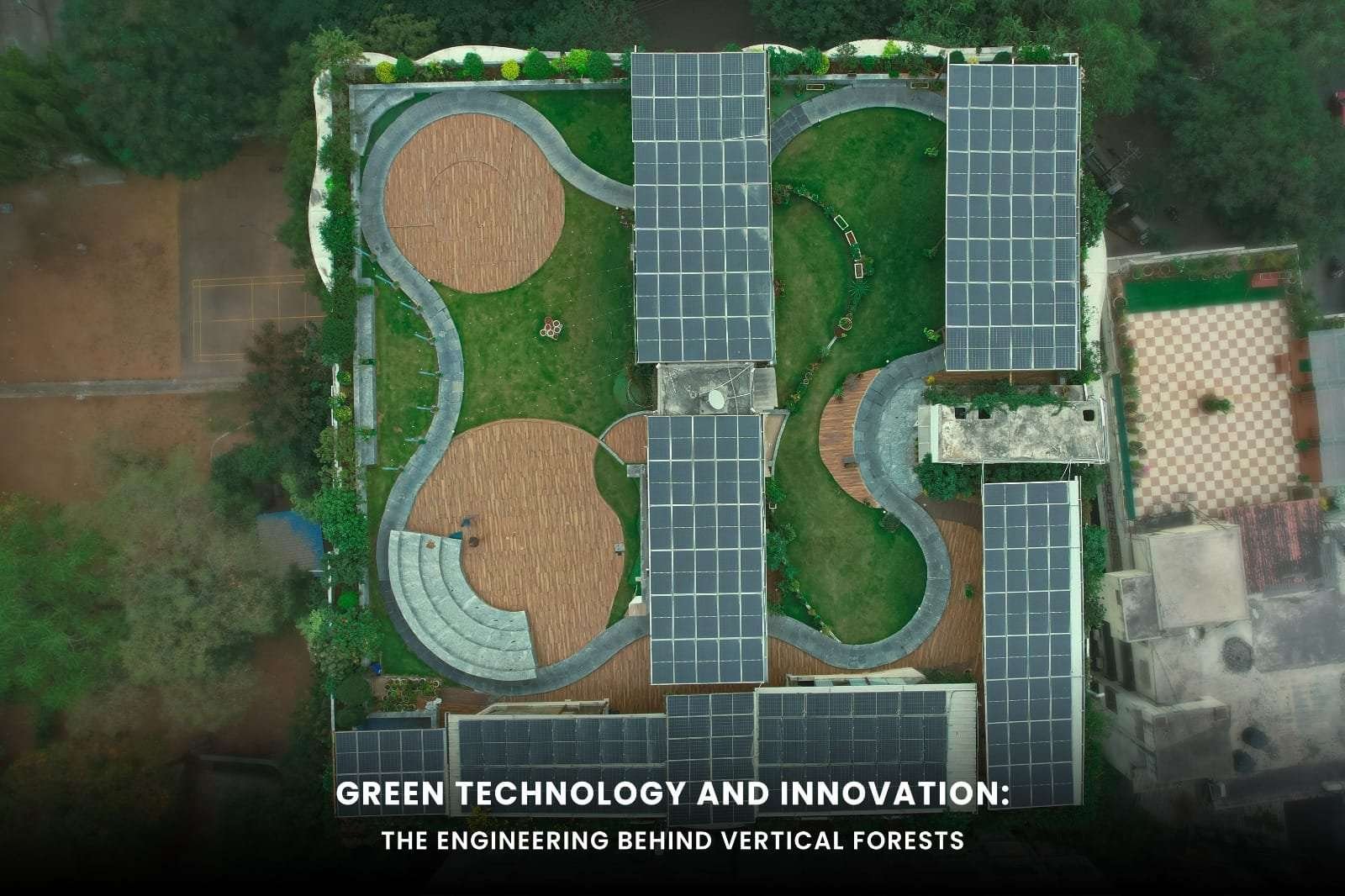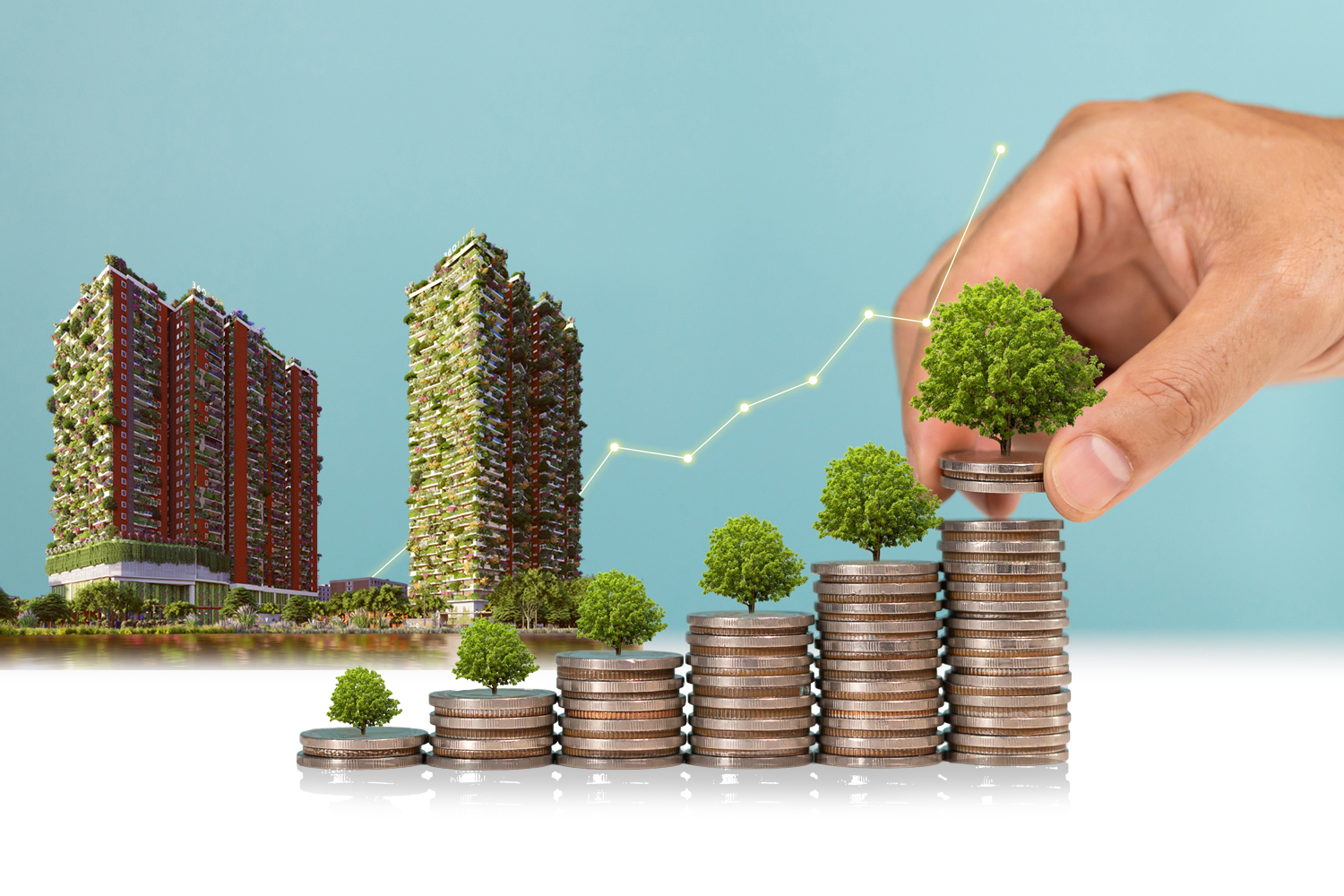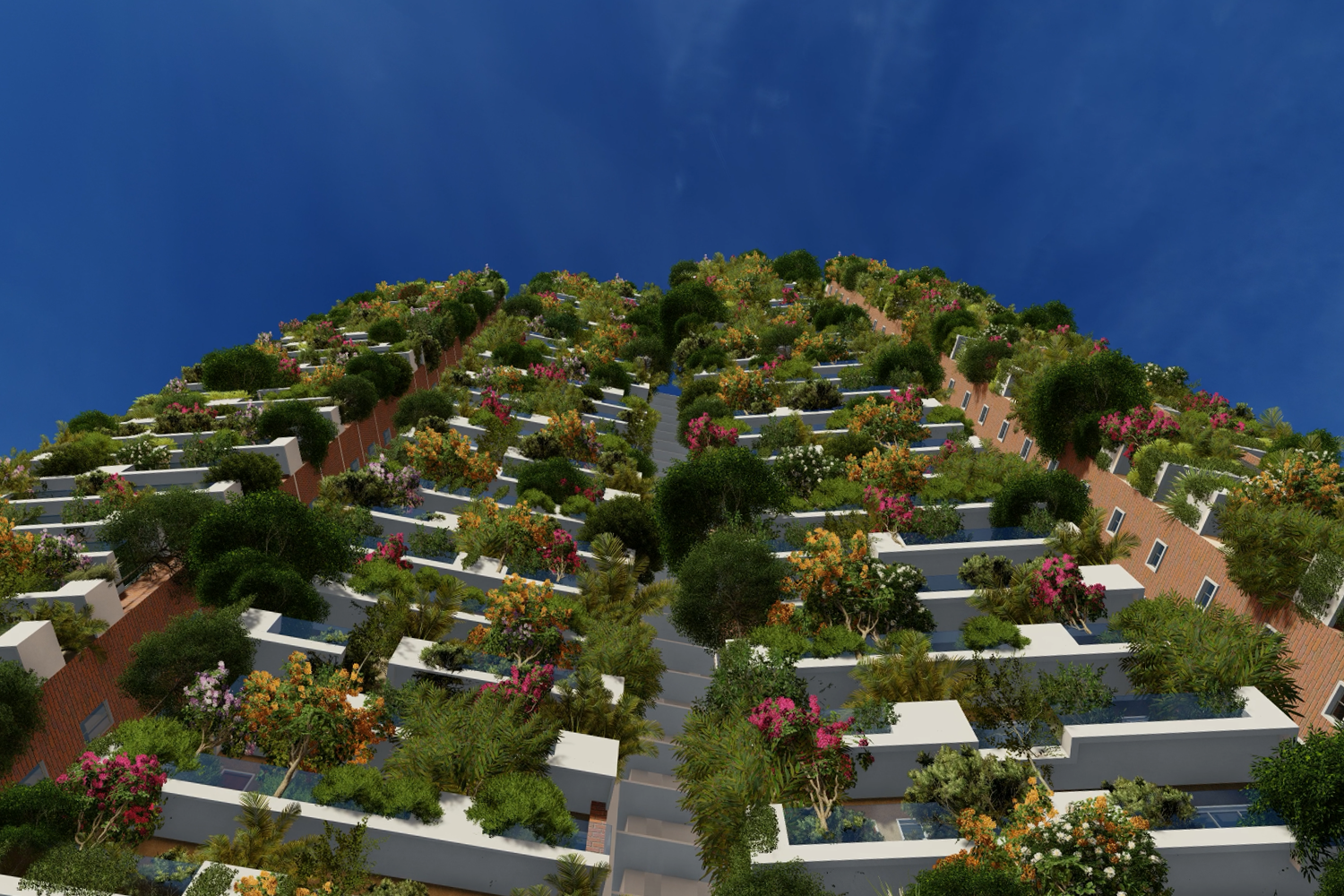In the quest for sustainable urban living, architects and engineers are pushing the boundaries of innovation, giving rise to awe-inspiring structures known as vertical forests. These towering green skyscrapers are not merely architectural marvels; they represent a harmonious fusion of nature and technology.
In this blog post, we delve into the engineering marvels that underpin vertical forests, exploring the green technology and innovation that make these structures both ecologically conscious and aesthetically ground-breaking.
Advanced Facade Systems:
The defining feature of vertical forests lies in their facade systems. Engineered with precision, these systems support a diverse array of plant life, creating a lush vertical oasis. Advanced materials, such as lightweight but durable substrates and hydroponic systems, allow for the cultivation of a variety of plants without compromising the structural integrity of the building.
Automated Irrigation and Monitoring Systems:
Vertical forests require sophisticated irrigation and monitoring systems to ensure the well-being of the vegetation. Engineers have developed automated watering systems that utilize smart sensors and weather data to optimize water usage. These systems not only conserve resources but also contribute to the overall health of the greenery.
Wind and Structural Analysis:
Designing a vertical forest requires a meticulous analysis of wind forces and structural stability. Engineers employ cutting-edge technology to simulate wind patterns and assess the impact on the building. The incorporation of wind-resistant structures and dynamic load-balancing systems ensures the safety and stability of these towering green structures.
Energy-Efficient Building Materials:
The choice of building materials is crucial in achieving sustainability goals. Vertical forests often incorporate energy-efficient materials that contribute to insulation, reducing the need for excessive heating or cooling. Additionally, the use of recycled and locally sourced materials aligns with eco-friendly construction practices.
Integration of Renewable Energy Sources:
To further enhance sustainability, engineers integrate renewable energy sources into vertical forest designs. Solar panels, wind turbines, and other green energy technologies are seamlessly incorporated, providing a renewable energy supply to power various building functions and reduce reliance on conventional energy sources.
Biophilic Design Principles:
The incorporation of biophilic design principles is an integral aspect of engineering vertical forests. Engineers work closely with architects to integrate natural elements into the building’s design, promoting a harmonious relationship between the built environment and nature. This includes creating habitats for birds and insects and contributing to the overall biodiversity of the structure.
Smart Building Technologies:
Vertical forests embrace the concept of smart buildings, utilizing technology to enhance efficiency and sustainability. Automated lighting, climate control, and energy management systems optimize resource usage, creating a living space that responds intelligently to environmental conditions and resident needs.
Conclusion:
Vertical forests represent a pinnacle of green technology and engineering innovation. As urban spaces continue to grapple with environmental challenges, these structures serve as beacons of sustainable development. The marriage of advanced engineering principles with a commitment to ecological harmony in vertical forests is a testament to the potential of technology in creating a greener, more sustainable future for our cities.





